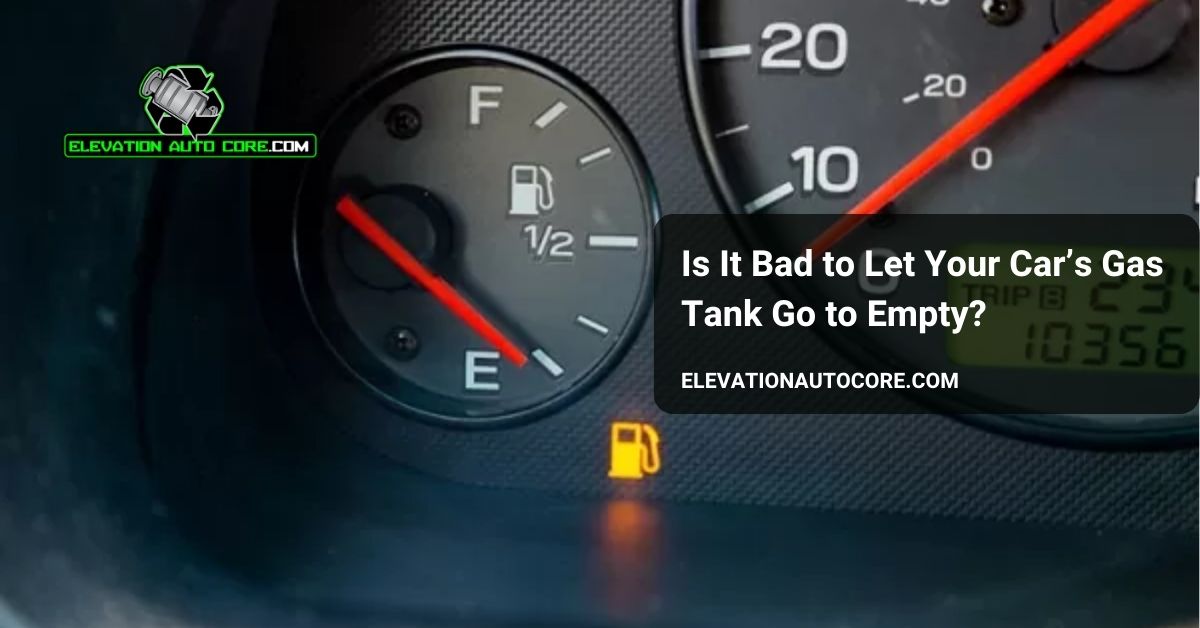Is it bad to let your car’s gas tank go to empty? You might think it’s harmless to stretch every last mile, but running on fumes could lead to costly damage over time. Understanding the risks can save you from unexpected repairs and keep your vehicle running smoothly. Keep reading to learn why keeping your tank filled matters more than you might realize.
Why People Let Their Gas Tank Go To Empty
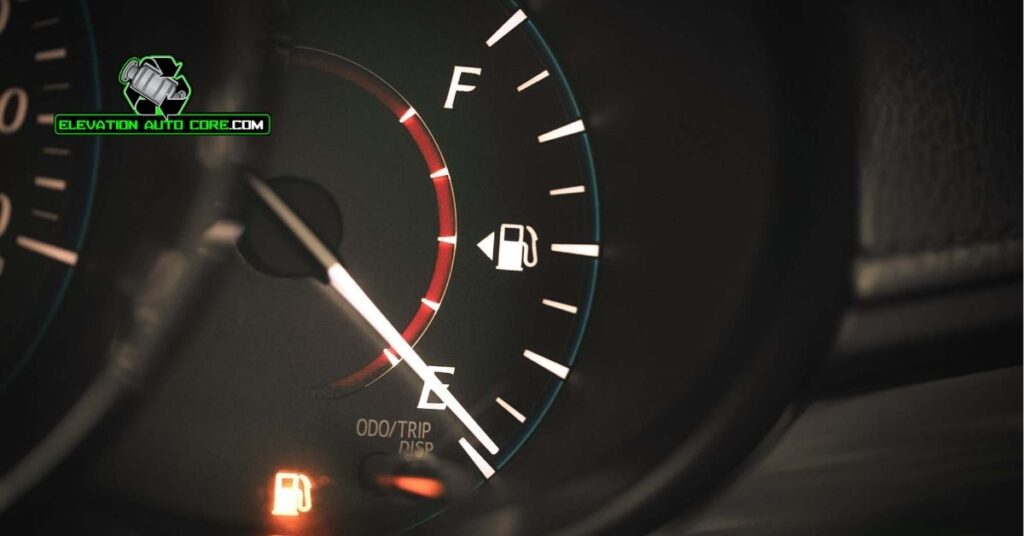
Many drivers admit to letting their gas tank run low, often underestimating the potential risks. Even though the urgency of refueling, various factors contribute to this behavior.
Common Reasons For Driving On Empty
Some rely heavily on the fuel gauge, assuming precise readings. A commonly cited reason involves budget limitations, with people delaying fuel purchases until absolutely necessary. Others misjudge distance, mistakenly believing there’s more time to refuel. Busy schedules also lead to neglect, with constant travel taking precedence over short gas station stops. Also, adrenaline seekers may intentionally drive on empty, treating it as a challenge.
Misconceptions About Fuel Efficiency
Many believe running on low fuel reduces vehicle weight, improving efficiency. This claim lacks any substantial evidence when compared to regular refueling. Another misconception suggests that modern cars handle low fuel better, ignoring potential wear on fuel pump components. Some assume conserving fuel in emergencies is practical, though this can harm the car. Trusting the “low fuel” light further reinforces bad habits, as it’s not designed for regular driving guidance.
Potential Risks Of Running On Empty
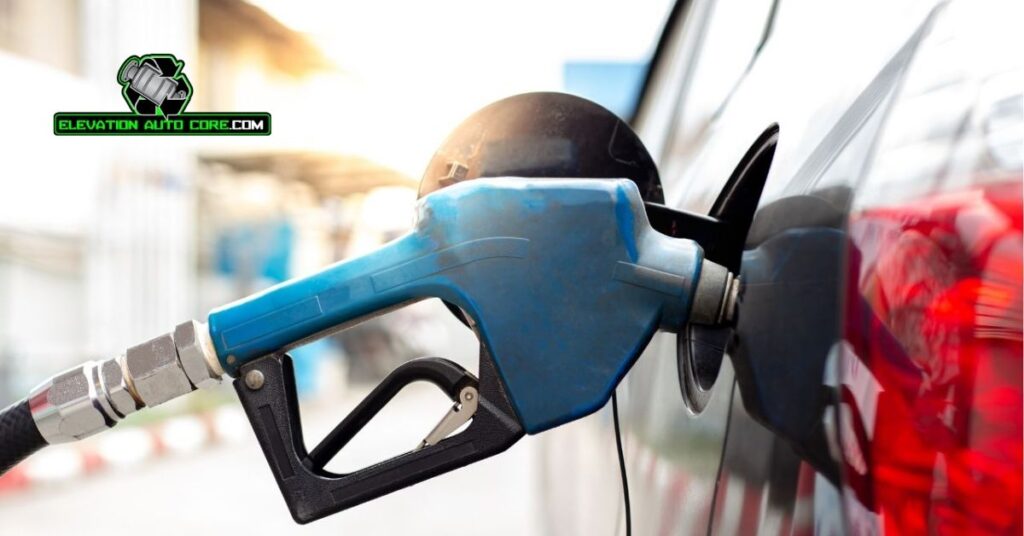
Driving with a near-empty gas tank can cause more problems than you might expect. It’s not just about running out of fuel; it can lead to expensive repairs and affect your car’s reliability.
Damage To The Fuel Pump
The fuel pump depends on gasoline to remain lubricated and cooled. When fuel levels are low, air may enter the system, causing the pump to overheat or wear out faster. Prolonged exposure to low fuel can worsen this damage, increasing the need for costly replacements.
Risks To The Fuel Filter And Engine
Sediment settles at the bottom of the fuel tank over time. When running on empty, your car pulls this debris through the fuel filter, which can lead to clogs or reduced efficiency. In severe cases, these particles may bypass the filter, causing internal engine damage that could require extensive repairs.
Increased Chances Of Being Stranded
Empty tanks leave you vulnerable to sudden stops, especially in remote areas. Misjudging fuel ranges or encountering unexpected delays can leave you stranded, exposing you to safety hazards or hefty towing fees. Avoiding these situations by filling up early ensures uninterrupted travel.
Financial Implications Of Letting The Tank Run Dry
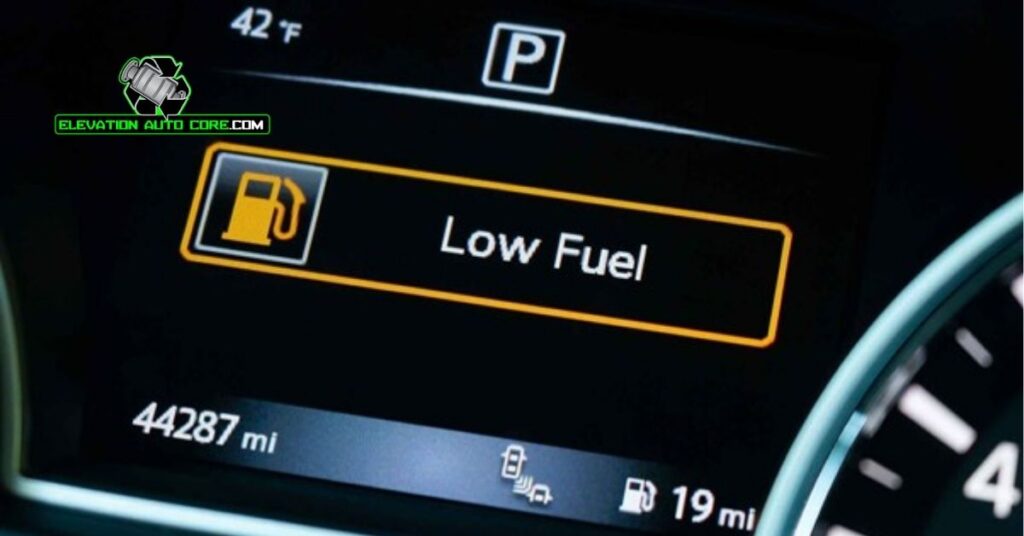
Running your car on low fuel can lead to hidden financial burdens. The cost goes beyond just refueling and may affect your overall vehicle budget.
Unexpected Repair Costs
Operating on an empty fuel tank risks expensive repairs. The fuel pump relies on gasoline for lubrication, and driving frequently on low fuel causes the pump to overheat or wear out prematurely. These repairs can cost between $200 and $1,000 depending on your car model.
Fuel filters face damage as debris and sediment from the bottom of the tank get pulled into the system when fuel levels are low. Replacing a clogged filter can cost $50 to $170, excluding labor fees.
Engine damage adds another concern as contaminated fuel impacts its operation. In severe cases, repairing or replacing engine components may total thousands of dollars. Running out of gas and getting stranded could also lead to towing costs, averaging $75 to $125.
Negative Effects On Longevity Of The Vehicle
Your vehicle’s lifespan decreases with frequent low fuel use. Consistent exposure to overheating damages the fuel pump, reducing its efficiency over time. A poorly functioning pump increases strain on the fuel delivery system, leading to additional wear.
Sediment buildup from low fuel levels gradually affects engine performance. Engines forced to work harder to compensate for inefficient fuel flow risk internal damage, shortening their functional life. By keeping the fuel tank adequately filled, you’ll protect essential components and lower the chance of early wear.
Is It Ever Safe To Drive On Low Fuel?
Driving on low fuel can occasionally be necessary, but it carries risks you should be aware of. Understanding when it’s unavoidable and how to reduce damage is crucial for protecting your vehicle.
Situations Where It May Be Unavoidable
Emergencies might force you to drive on low fuel, such as needing to reach a hospital or avoid hazardous situations. Remote travel in areas with few gas stations might also leave you without other options. Traffic delays or unexpected route changes can deplete your fuel reserves faster than intended. In such cases, it’s important to remain aware of potential risks to your vehicle’s components.
Tips For Minimizing Risk
Fill up fuel as soon as possible after realizing your tank is low. Avoid accelerating aggressively or driving at high speeds, as both increase fuel consumption. Monitor your fuel gauge and trip odometer more closely when running low. Plan alternative routes to locate nearer gas stations if possible. Always keep a small fuel canister in your vehicle if allowed, but ensure it’s stored safely to prevent hazards.
Tips For Maintaining A Healthy Gas Tank
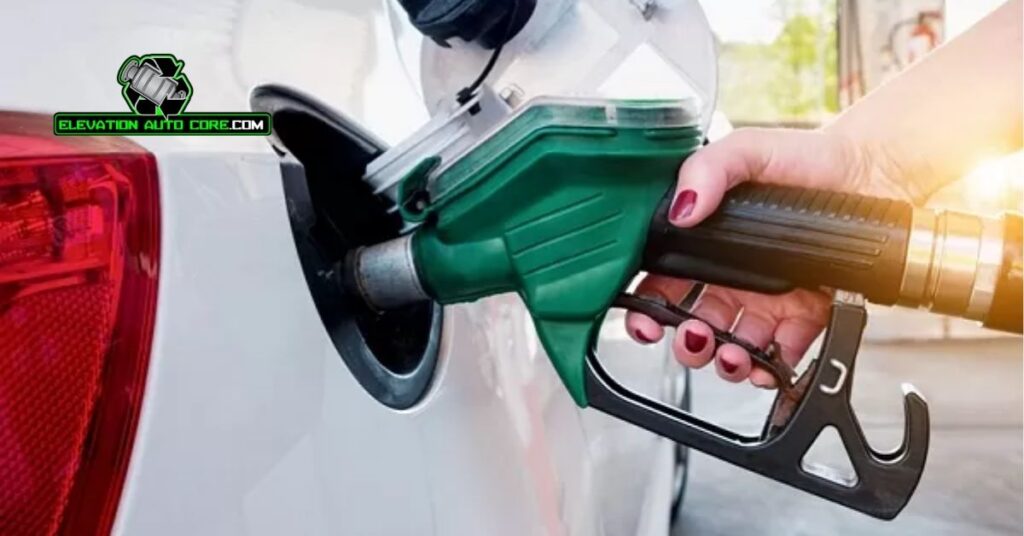
Avoiding an empty gas tank helps protect your car’s key components and saves you from expensive repairs. Taking practical steps to maintain a healthy gas tank ensures optimal vehicle performance and extends its lifespan.
Regular Fuel Refills And Monitoring
Filling up your tank regularly prevents the fuel pump from overheating and reduces sediment circulation. Check your fuel gauge frequently, especially during long drives or heavy traffic, to avoid driving on low fuel. Plan refills at convenient times to fit your schedule, prioritizing stations with clean and high-quality fuel.
Avoid waiting for the “low fuel” light to come on, as this indicator doesn’t provide precise information about the remaining fuel. Use mobile apps or GPS features to locate nearby gas stations when traveling in unfamiliar areas. Taking these precautions ensures consistent performance and lowers the risk of being stranded.
Benefits Of Keeping The Tank At Least Half Full
Keeping the fuel level above half minimizes the chances of sediment clogging the fuel filter or reaching the engine. This practice also ensures the fuel pump stays submerged, which helps maintain cooling and lubrication. A fuller tank reduces condensation buildup, especially in varying weather conditions, protecting your car’s fuel system from rust or contamination.
Maintaining at least half a tank during unexpected delays, remote travel, or emergencies improves safety and convenience. Regularly topping off your fuel also spreads out costs, making it easier to manage your budget. By adopting this habit, you safeguard critical components and reduce long-term vehicle wear.
Conclusion
Letting your gas tank run empty can lead to avoidable risks, costly repairs, and unnecessary stress. By keeping your tank filled and adopting proactive fuel habits, you protect vital components like the fuel pump and engine while ensuring better performance and reliability. Prioritizing regular refills not only saves money in the long run but also enhances your safety on the road. Take control of your fuel management to keep your car running smoothly and efficiently.

